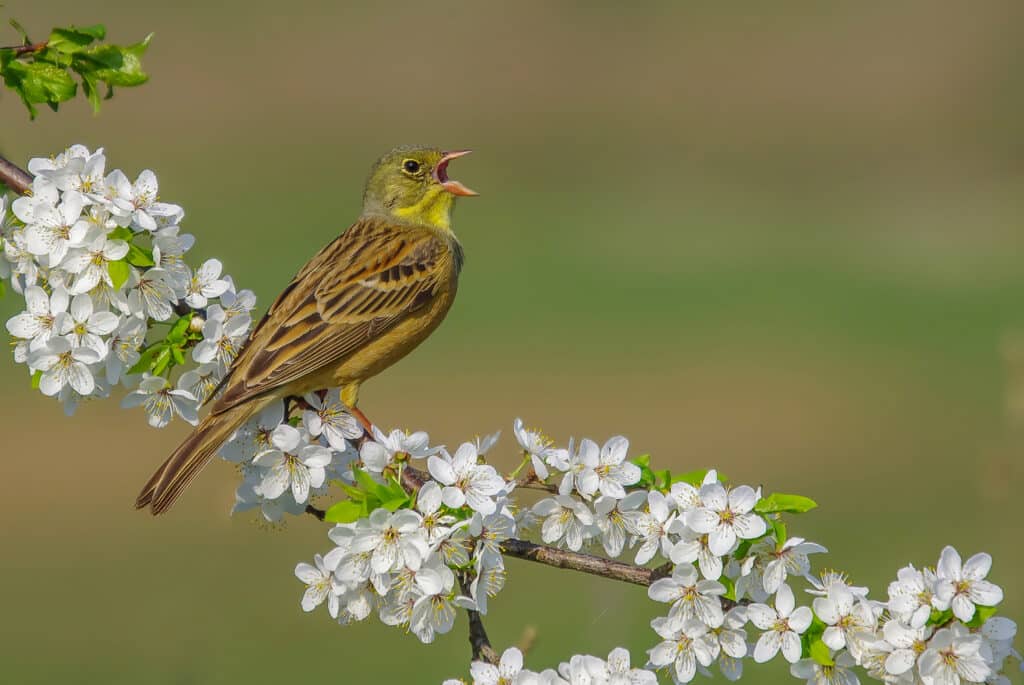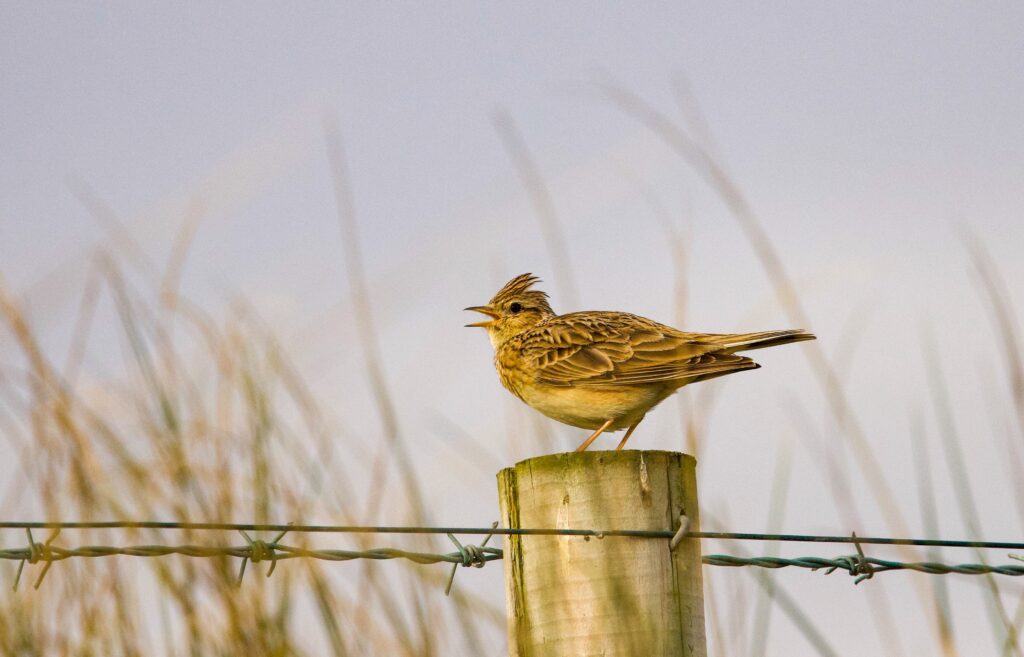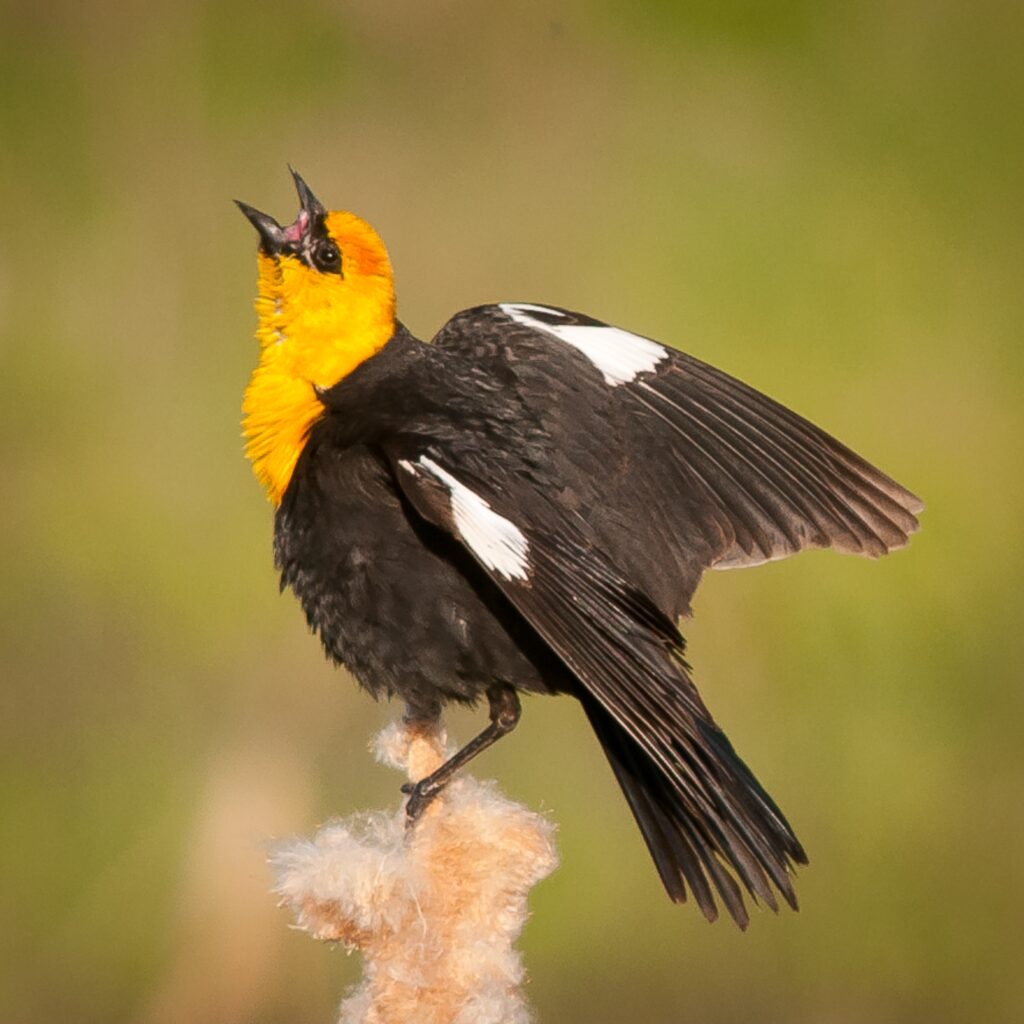As nature declines, the sound of Spring is changing

We talk to Dr Simon Butler, Professor of Biology at the University of East Anglia, UK, about a pioneering study that analyses how spring bird song has changed over the past 25 years – and why it matters.
Why study the sound of bird song?
There’s a growing recognition of the benefits of spending time in nature for our health and well-being. At the same time, we’re experiencing widespread and ongoing biodiversity loss, meaning that the quality of our interactions with nature are also likely to be declining. Sound plays a key role in our experience of nature, with birds in particular providing the soundscape of time spent outdoors, so we wanted to examine how changes in bird populations are impacting the acoustic characteristics of natural soundscapes.
Header image: The Ortolan Bunting’s high-pitched, whistling song is being heard much less widely in Europe and western Asia © Simonas Minkevicius
How did you obtain the soundscapes?
We don’t have many historical recordings of natural soundscapes. Instead, we reconstructed them by combining annual bird monitoring data from over 200,000 sites across North America and Europe with sound recordings for individual species. We inserted the same number of clips for a species as there were individuals counted. So, for example, if five Skylarks were recorded at a site, we inserted five 25-second clips of Skylark song. We then layered up the sound clips for each species to build a composite soundscape for each site that represented what it would have sounded like for the observer conducting the annual bird count.

How does the modern sound of Spring differ to how it did 25 years ago?
We found that acoustic diversity and intensity have declined across both North America and Europe over the past 25 years – that is, our natural soundscapes have become quieter and less varied. We also found that sites that have experienced the greatest declines in species richness or abundance also tend to show the greatest decline in soundscape quality.
Why is it important that the soundscape of bird song is changing?
Bird song has always been a defining component of our relationship with nature, and our results suggest that one of the key pathways through which we engage with, and draw benefits from, nature is in chronic decline. There is also a risk that as our soundscapes become quieter and less diverse, we also start to overlook or care less about their further deterioration. Worryingly, we know that other animals that contribute to natural soundscapes, such as insects and amphibians, are also declining, whilst road traffic and other sources of ‘human’ noise are increasing, which suggests deteriorations are likely to be even greater than those reported. By demonstrating the implications of biodiversity loss for our day-to-day lives, we hope this study can help heighten awareness and encourage support for conservation.

“Bird population declines and species turnover are changing the acoustic properties of spring Soundscapes” is published in Nature Communications